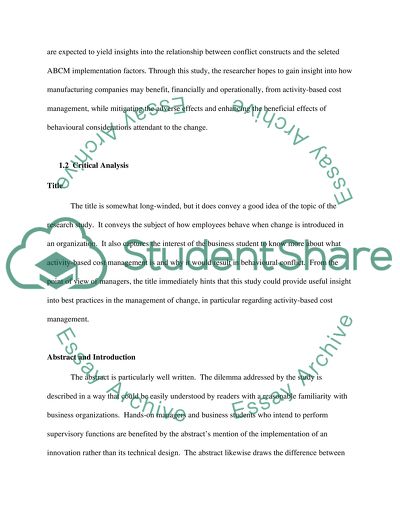Cite this document
(“The Role of Cognitive and affective conflict in early implementation Essay”, n.d.)
The Role of Cognitive and affective conflict in early implementation Essay. Retrieved from https://studentshare.org/miscellaneous/1575023-the-role-of-cognitive-and-affective-conflict-in-early-implementation-of-activity-based-cost-management
The Role of Cognitive and affective conflict in early implementation Essay. Retrieved from https://studentshare.org/miscellaneous/1575023-the-role-of-cognitive-and-affective-conflict-in-early-implementation-of-activity-based-cost-management
(The Role of Cognitive and Affective Conflict in Early Implementation Essay)
The Role of Cognitive and Affective Conflict in Early Implementation Essay. https://studentshare.org/miscellaneous/1575023-the-role-of-cognitive-and-affective-conflict-in-early-implementation-of-activity-based-cost-management.
The Role of Cognitive and Affective Conflict in Early Implementation Essay. https://studentshare.org/miscellaneous/1575023-the-role-of-cognitive-and-affective-conflict-in-early-implementation-of-activity-based-cost-management.
“The Role of Cognitive and Affective Conflict in Early Implementation Essay”, n.d. https://studentshare.org/miscellaneous/1575023-the-role-of-cognitive-and-affective-conflict-in-early-implementation-of-activity-based-cost-management.


